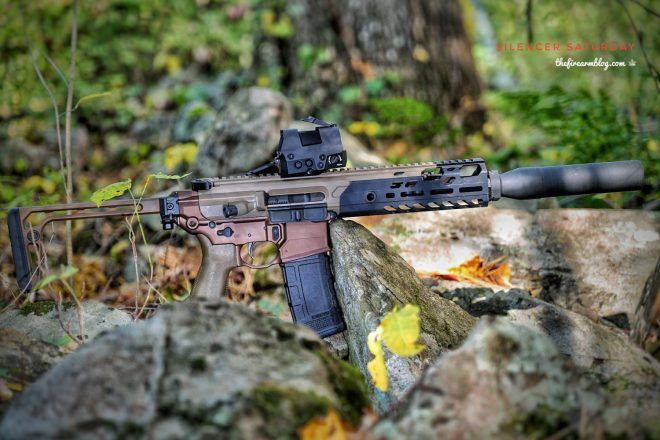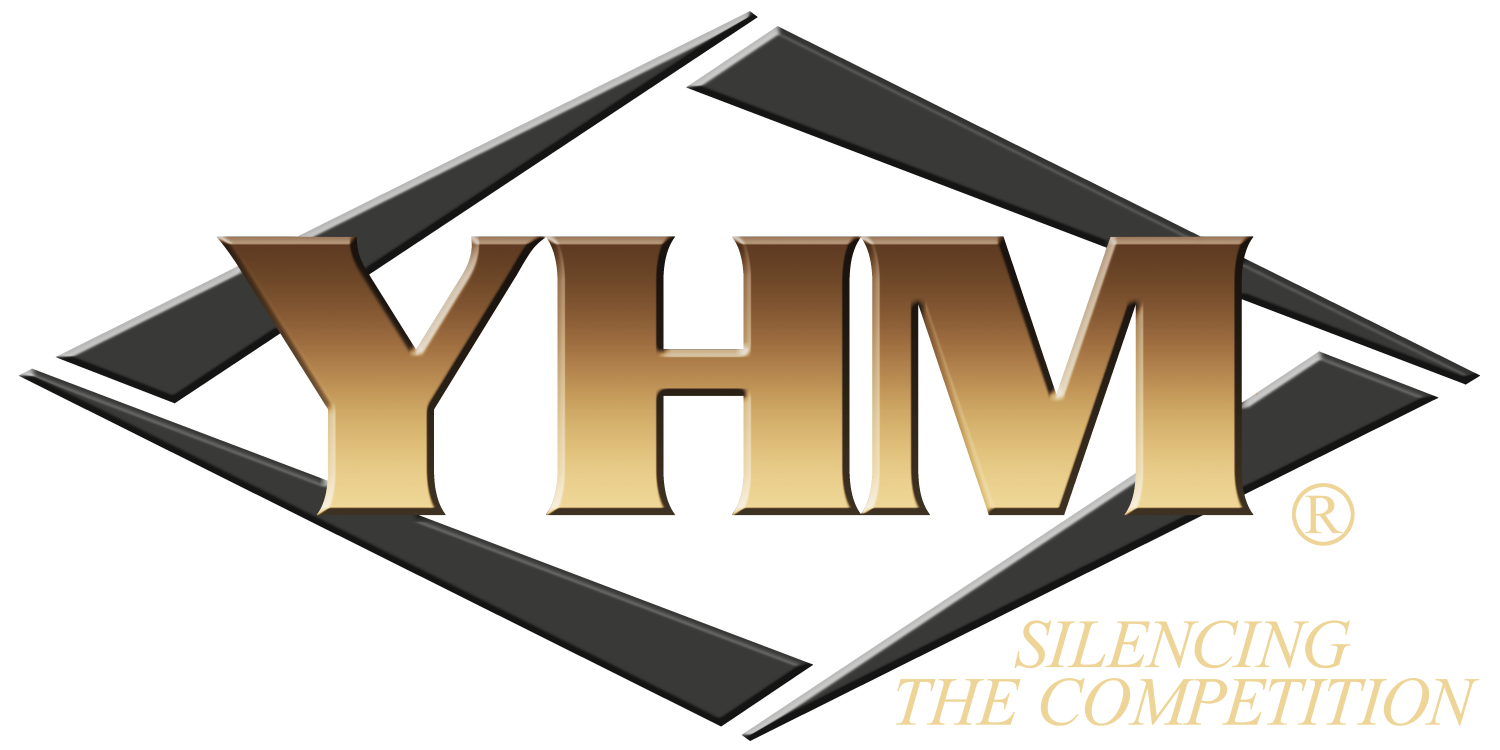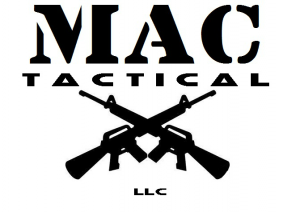Good afternoon everyone and thank you for once again joining us for TFB’s Silencer Saturday. We are bought to you by Yankee Hill Machine, the manufacturer of the YHM Turbo K. Last week we went through a list of some of my quietest host/silencer favorites available to the American consumer market. As I wrote that post, I couldn’t stop thinking about what would help drive silencer innovation to the next level. Every aspect of suppressor development in the United States is overshadowed by the NFA – the National Firearms Act of 1934. Let’s take a look at why specifically the regulations of the NFA kills innovation at all levels.
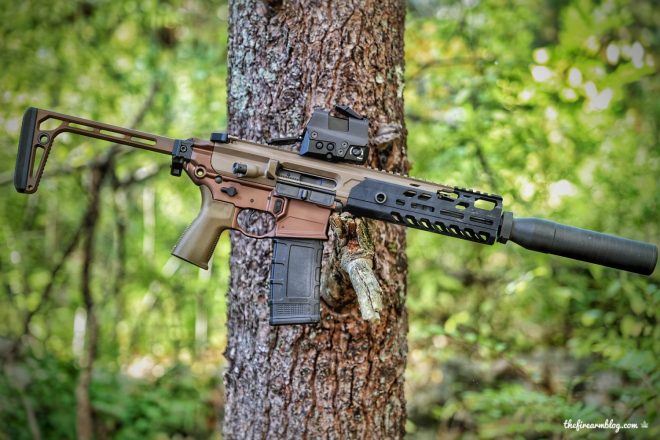
SILENCER SATURDAY #95: Why The NFA Kills Innovation
SILENCER SATURDAY #95: Why The NFA Kills Innovation
For the veterans of our NFA regulatory conflict, our discussion today may seem a bit obvious – the delay between a consumer’s silencer purchase and first the day they take it to the range can be a huge chunk of time after laying out a sizable investment. However, I believe it’s important for every woke shooter to realize how different the firearms landscape would be without the NFA.
I. NFA – The Beginning
From the start, the National Firearms Act was designed to deeply discourage the ownership of machine guns, silencers and short barrel firearms. Unable to outright ban this new category of small arms, lawmakers were forced to settle for either a transfer or making tax. A tax of $200 for each transfer of an NFA regulated item with a retail cost $10-$20 effectively kept silencers away from everyone except the extremely wealthy and government agencies. As a comparison, the average wage in the mid 1930’s was about $0.60 per hour and $23 per week respectively. While a half a week’s salary for a Maxim silencer was a fairly obtainable goal for discretionary spending, a tax that equals more than nine weeks of the average worker’s wages halted sales. The work that Maxim had done to design and develop silencers for sport shooters in the two decades prior was effectively killed – your average shooter could no longer afford to own a gun muffler.
The NFA transfer tax of $200 in 1934 was not meant to generate revenue for the U.S. Government, but instead meant as a soul-crushing deterrent to manufacturing and ownership.
While Maxim attempted to shift towards government sales (because NFA transfers by government agencies were, and still are, non-taxable events) he was unsuccessful and pivoted instead towards silencing cars and other machinery. Whether the military did not appreciate the uses of silencers or the absence of a consumer market kept money from suppressor research and development is unknown. But the end result was that silencer design became frozen in time.
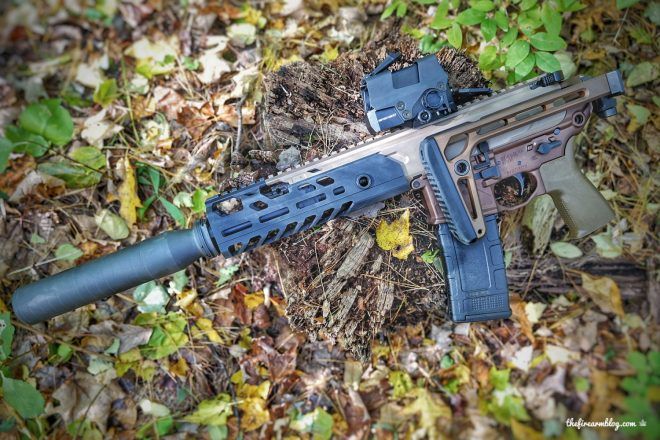
SILENCER SATURDAY #95: Why The NFA Kills Innovation
II. NFA Kills Innovation – Manufacturing
In the 50 years following the enacting of the NFA, manufacturing process for equipment like firearms were refined, became less expensive and more efficient and were able to be scaled. As a whole, the firearms industry benefited from industrial evolution, several large-scale wars and the American gun culture. However, the niche NFA industry like silencer manufacturing progressed much more slowly. And while foreign arms importation was left largely untouched, allowing for the influx of new ideas (we’ll leave sporting purpose and other regulatory definitions out of this discussion), the NFA regulated market is prohibited from selling controlled items at a consumer level. So while pistol designs like GLOCK made their way in the U.S. and altered the handgun landscape, silencers were simply stuck. As an aside, a $200 in 1985 was worth relatively $475 in 2019 dollars.
Licensing like the Federal Firearms License (FFL) and Special Occupational Tax (SOT) (Class 2 – Manufacturing) are relatively inexpensive on a per year basis for a revenue generating business. Costs, like fees and taxes, are passed down fractionally to the consumer. However when sales volume is low, which it was for the silencer market for specialized customers, overhead is obviously spread out over a smaller pool of buyers making individual costs per item significantly higher.
In addition, regulatory hurdles like book keeping, parts control and the ability to outsource certain manufacturing process becomes difficult. Compliance specialists and ATF oversight becomes more complicated at the manufacturing level, driving costs up and preventing healthy competition that drives innovation. All of these issues combined kept big firearms manufacturers from jumping into the silencer game for years.
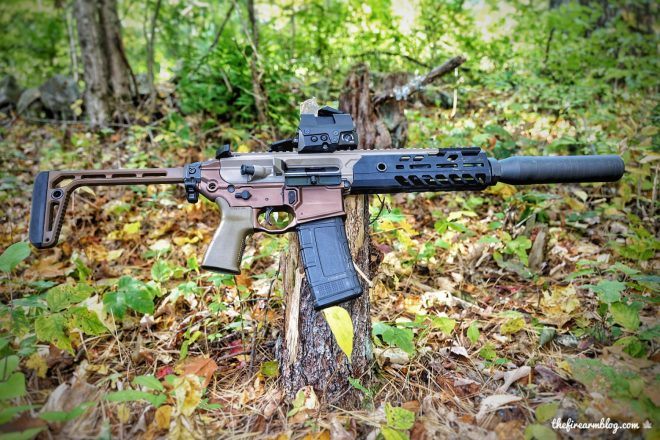
SILENCER SATURDAY #95: Why The NFA Kills Innovation
III. NFA Kills Innovation – Distribution
Suffering from similar ailments, the distribution of NFA products is more complex than their Title I brethren. A smaller pool of consumers, means a smaller dealer network, means less distributor willingness to offer NFA controlled items for order. Why bother stocking 100 silencers for sale at $800 a piece when they might sit for a year or more prior to sale to a dealer when a distributor can stock 2,000 GLOCKs that will be gone in a month. And since the big players weren’t involved until recently, distributors would have to deal with boutique silencer manufacturers. In reality they didn’t, forcing most dealers to deal directly with the companies on a small-scale basis.
IV. NFA Kills Innovation – Dealer and Retail
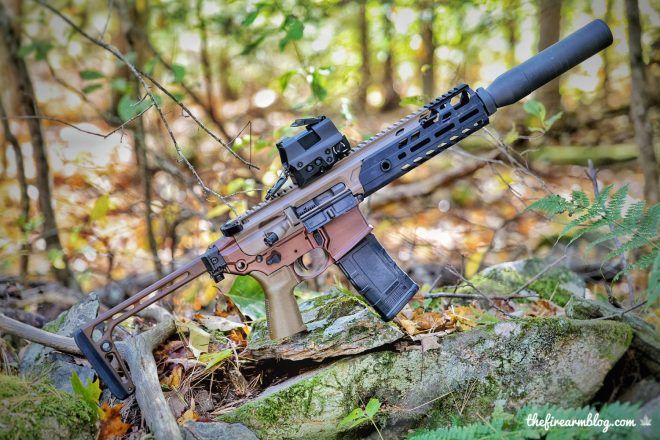
SILENCER SATURDAY #95: Why The NFA Kills Innovation
The cases that are full of revolvers and racks that are full of rifles at brick and mortar shops across the country, until recently, rarely included anything controlled by the NFA. Like most retailers, gun shops work on cash-and-carry basis – a buyer walks in the door, spins the wheel on a few revolvers and then drops money on the counter, walking out the door with their shiny new gun.
While a buyer can still drop their cash on the counter at their local gun shop, they are walking out the door empty handed. Even worse, they have homework in the form of NFA paperwork. Nearly a year later, once they receive their government blessing, that same buyer can walk back in the door and pickup their “new” silencer.
It’s no wonder dealer’s shy away from stocking or ordering silencers. Not only is the customer base small, but the secondary work that goes along with a single sale may not be worth the effort.
V. NFA Kills Innovation – End User
In modern times, inflation has made the $200 NFA tax is somewhat affordable (yet still maddening). Silencer popularity in the last few years has started to take off, growing to over 2M units in the United States. While that seems like a low number (and it is in comparison to standard firearms), consider the fact that we went from 1M to 2M silencers in just a handful of years. Progress, due to the tax barrier to ownership becoming relatively affordable, is being made.
As many of you now know, buying a silencer or any other NFA item, requires filling out forms, paperwork, photographs, fingerprints and lots of patience. There are many shooters who flat out refuse to participate in the process, while others are aggravated by the fact that they invest in a costly piece of a equipment that they can’t actually own for about a year. Informal polls show that the majority of those who refuse to jump into the NFA game can’t stand the thought of the wait or stomach the thought of paying an additional $200 tax for an item that resembles a muffler with virtually no moving parts.
Those that subject themselves to the NFA process would most likely buy more silencers or short barreled rifles in the wait was measured in days or weeks instead of months or years. Many would hold their nose and pay for additional $200 tax stamps if a system existed for instantaneous approvals.
VI. Conclusions – The Circle Of Silence
Possibly the worst part of the whole NFA process is that end user feedback is delayed 12-18 months. From the debut of a new model from a manufacturer to a suitable sample in the hands of actual consumers, the current turnaround time is at best a year (with some datapoint outliers). Imagine if SIG or GLOCK had to wait more than a year for real field data for their latest pistols. The handgun market would come to a screeching halt.
And while the number of silencer and other NFA firearms owners is rapidly improving, the overall customer base is still small. A few dozen manufacturers fight over a small pocket’s worth of customer base. Usually, that type of market is ripe for real innovation – companies pushing the edge of technology to squeeze every bit of performance, weight savings, mount security into the next product iteration. And yet the problem circles right back to heavy regulation. Regulation that was meant to snuff out an industry and its consumer base.
Lastly, host firearms are suffering from NFA regulation. Development of recoil systems, gas mitigation, mounting systems and other components could be accelerated with more buyers who would come into the market if regulations were eliminated or at least eased.
As a small glimmer of hope and using the benefits of the if you build it, they will come mentality, ownership is increasing, demand is increasing and companies are innovating. There has never been a better time for deregulation.
Sadly, silencer deregulation is still just a pipe dream. Repeal the NFA.
Thanks for joining us for TFB’s Silencer Saturday. See you next week.
Silencer Saturday is Sponsored by Yankee Hill Machine:
Buy YHM silencers and accessories at:
Silencer Shop – Hansohn BrOthers – dead eye gun supply –
Mac tactical
All YHM Products At Brownells
DEALERS: If you want your link to buy YHM suppressors included in future Silencer Saturday posts, email: silencers@thefirearmblog.com
 Your Privacy Choices
Your Privacy Choices
